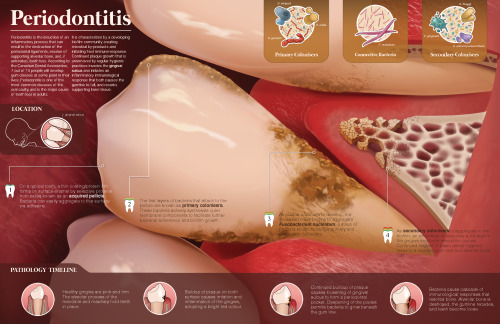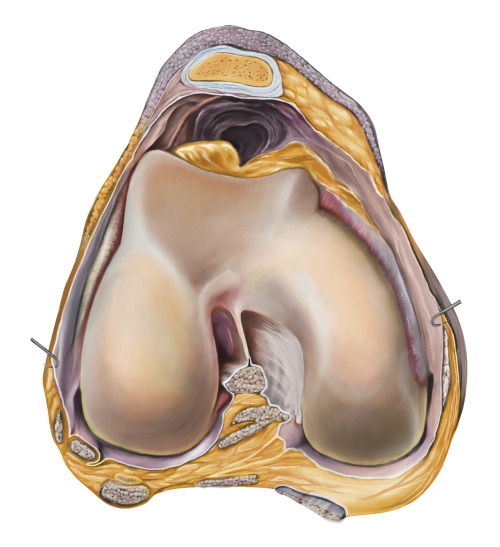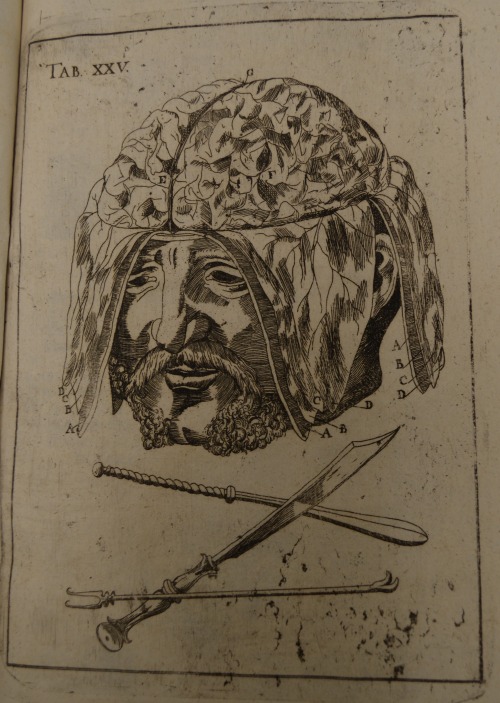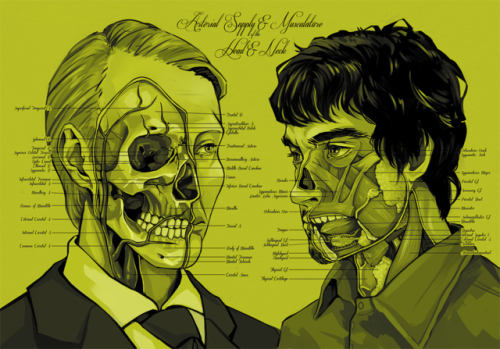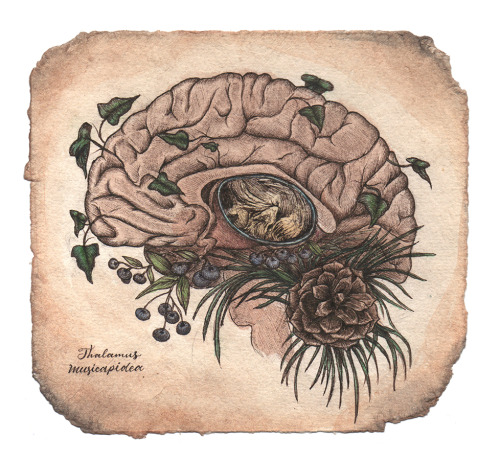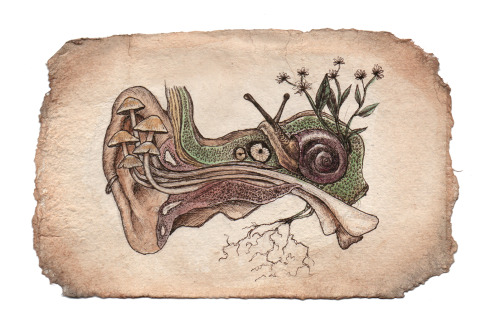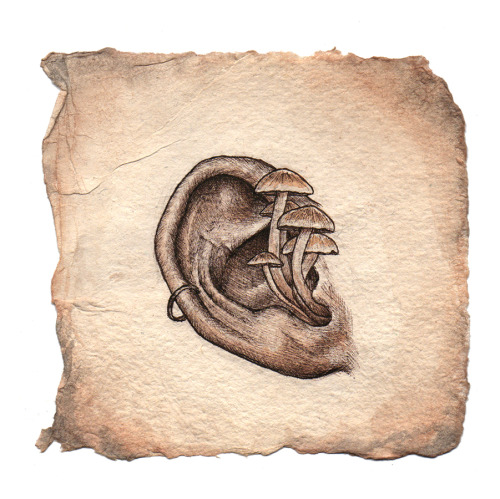#anatomical illustration
Periodontitis | November 2016
Two-page spread on the characterization and development of periodontitis.
Post link
Cross Section of Knee | October 2016
Cross section of a knee taken from Pernkopf’s Atlas of Topographical and Applied Human Anatomy. Reproduced freehand in Adobe Photoshop CC.
Post link

Pencil illustration of polycystic kidney disease.
Ever wanted to own a piece of my art? Now you have a chance, I have donated this piece to Kidney Care U.K. to raise funds for World Kidney Day. Head over to their auction page to place a bid and support a great organisation
Although centuries of abuse and mismanagement have reduced Earth’s once bountiful oceans to a lifeless chemical broth, a great abundance of carbon-based organisms not dissimilar to ancient earth life continue to thrive in the outer reaches of the galaxy, far from human interference.
The first robotic probes to Tantum XII detected vast swarms of complex life cavorting through the perpetual darkness of the gas giant’s upper atmosphere. To the shock of human observers back on Earth, these aerodynamic creatures were observed tumbling unpredictably through the nutrient rich clouds, raising and reducing their altitude at apparent whim. Subsequent missions have discovered over 200 distinct varieties of life amidst the swirling hydrogen clouds of Tantum XII.
Scientifically designated as Balaena (though often more casually described as “Arrowheads”) these vast organisms “swim” gracefully through the upper layers of their gas giant’s atmosphere, feeding on particulate matter and absorbing solar radiation. Balaena lack a central nervous system and possess only the relative intelligence of an Earth sponge. Because there is no solid material in their gaseous habitat to navigate around, Balaena never developed the complex intelligence necessary to interact with their environment, and even Balaena apex predators are relatively stupid by the standards of most Earth life.
Most species are able to alter their buoyancy with a rudimentary gas bladder in response to changing atmospheric temperature, and rise to the higher levels of their atmosphere during their planet’s several week long day before retreating to the deeper levels for the long night. Observation suggests that these creatures can live for hundreds of Earth years, but eventually age and sink into the deeper layers of their planet where they are crushed by increasing atmospheric pressures.
Post link

if you intend thus to disdain
it does the more enrapture me
and even so, i still remain
a lover in captivity
Brains are zombies’ delicacy of choice, and this woodcut from Antonius Novarinus’s Anatomia Curiosa looks like a feast! Novarinus’s text dates from 1681, but most of its illustrations are modeled from examples that appeared in earlier anatomical texts. For example, this image is clearly inspired by Johannes Dryander’s Anatomiae capiti humani,which was first published in 1536. Look here to see what we mean.
Post link


